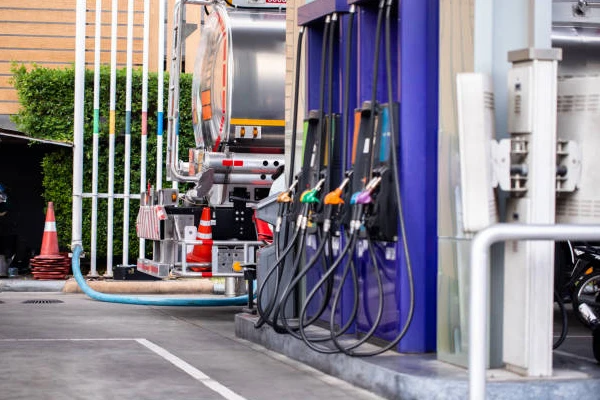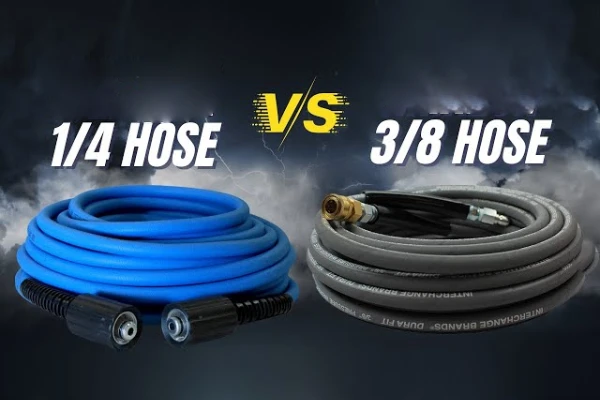A hydraulic system is a technology that uses pressurized fluid to transmit power and perform mechanical work. Widely used in industries like construction, manufacturing, and automotive, these systems convert fluid pressure into controlled movement, enabling heavy machinery and equipment to operate efficiently and precisely under various conditions.
Understanding how a hydraulic system works begins with knowing its main components: a pump, reservoir, valves, actuators, and hoses. The pump pressurizes hydraulic fluid, which travels through hoses and valves to power cylinders or motors. This precise control of force and motion makes hydraulic systems ideal for lifting, pressing, and other heavy-duty operations across multiple industries.
What is a Hydraulic System?
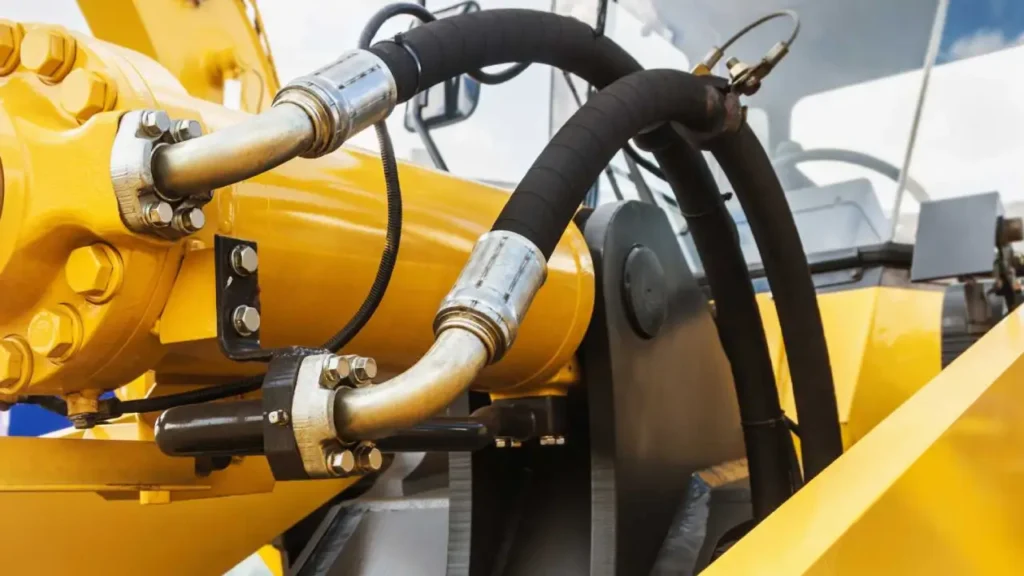
A hydraulic system is a technology that uses pressurized fluid to transmit power and perform mechanical work.
It consists of key components such as pumps, valves, actuators, and hoses, which work together to convert fluid pressure into controlled motion. This system enables precise, efficient, and powerful operation of machinery in industries like construction, automotive, and manufacturing.
Hydraulic System Components
A hydraulic system relies on several key components working together to transmit power through pressurized fluid. Each part plays a critical role in ensuring efficiency, control, and reliability, making it possible for machinery to perform heavy-duty tasks accurately and safely.
- Hydraulic Pump: The pump generates fluid flow and pressure, acting as the heart of the system. It converts mechanical energy into hydraulic energy, allowing the system to power cylinders and motors efficiently. Pumps vary by type, including gear, vane, and piston pumps, each suited for different applications.
- Hydraulic Reservoir: The reservoir stores hydraulic fluid and helps regulate system temperature. It also allows contaminants to settle and provides space for fluid expansion. Proper reservoir design ensures smooth operation, prevents cavitation, and maintains system efficiency over long periods of continuous use.
- Valves: Valves control fluid flow, pressure, and direction within the hydraulic system. They regulate movement and force in cylinders and motors. Common types include directional, pressure, and flow control valves, each ensuring precise operation and preventing overloads that could damage the system.
- Actuators: Actuators, such as hydraulic cylinders and motors, convert hydraulic energy into mechanical motion. Cylinders provide linear movement, while motors produce rotary motion. These components deliver the power necessary for lifting, pressing, or rotating heavy loads in industrial and mobile applications.
- Hydraulic Hoses: Hoses transport pressurized fluid between system components. They must be flexible, durable, and resistant to pressure, temperature, and abrasion. High-quality hoses prevent leaks, maintain system efficiency, and ensure the safe operation of machinery in demanding environments.
How Does a Hydraulic System Work?
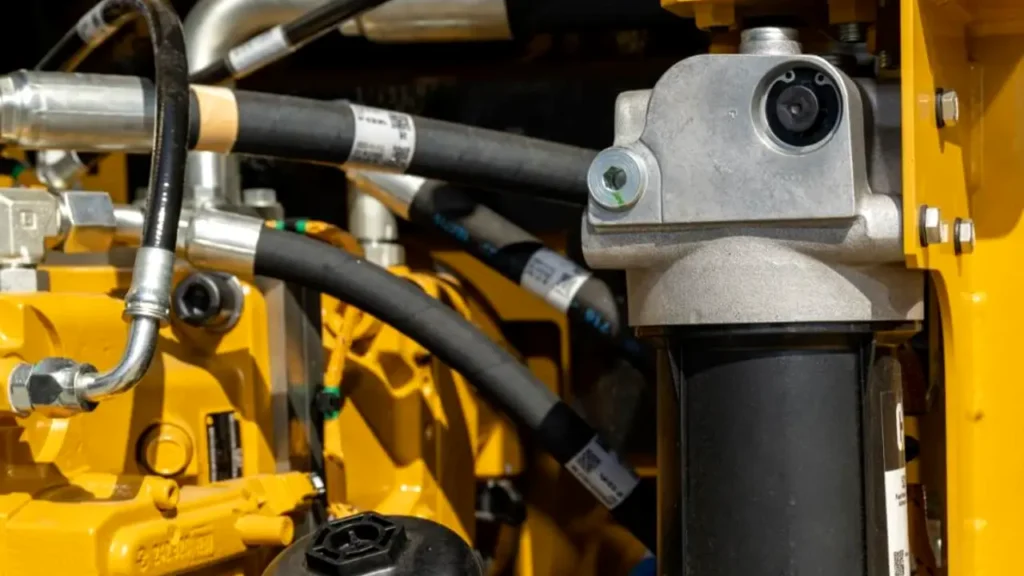
A hydraulic system works by using pressurized fluid to transmit power and perform mechanical tasks. The fluid flows through pumps, valves, hoses, and actuators to generate controlled movement, enabling heavy machinery to lift, push, or rotate with precision and efficiency in various applications.
- Fluid Pressurization: The hydraulic pump pressurizes fluid, converting mechanical energy into hydraulic energy. This pressurized fluid carries the force needed to operate actuators, ensuring that machinery performs heavy tasks with minimal effort while maintaining smooth and consistent operation under varying conditions.
- Control via Valves: Valves regulate fluid flow, pressure, and direction within the system. Directional valves determine movement, pressure relief valves protect the system from overload, and flow control valves adjust speed. Proper valve selection ensures precise control and safety throughout the hydraulic circuit.
- Actuator Operation: Hydraulic actuators, including cylinders and motors, convert pressurized fluid into mechanical motion. Cylinders create linear motion for lifting or pressing, while hydraulic motors produce rotary motion. This allows machinery to perform tasks like digging, lifting, or rotating heavy loads efficiently.
- Return Flow and Reservoir: After performing work, hydraulic fluid returns to the reservoir, where it cools, releases air, and is filtered for reuse. The reservoir ensures a continuous supply of fluid, maintaining system pressure, protecting components, and extending the overall life of the hydraulic system.
- Seals and Hoses: Hoses and seals direct fluid flow while preventing leaks. They must withstand high pressure, temperature, and mechanical stress. Proper selection of hoses and seals ensures safe, efficient operation, reduces maintenance, and prevents costly system failures in hydraulic machinery.
Where Can Hydraulic Systems Be Found?
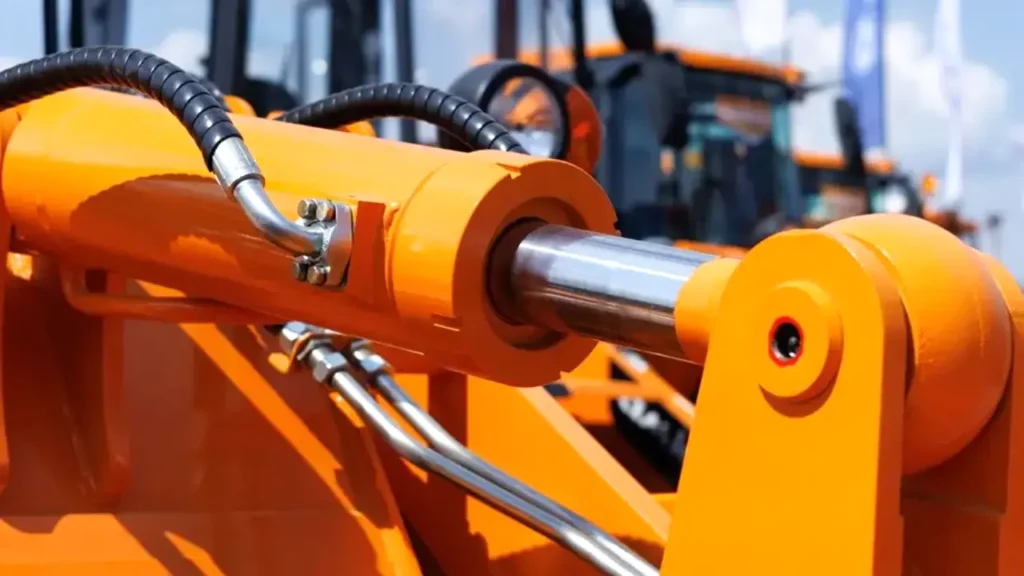
Hydraulic systems are widely used across industries due to their ability to provide powerful, precise, and reliable motion. From heavy machinery to everyday equipment, these systems make work easier, faster, and safer. Their versatility ensures they can be found in various sectors worldwide.
- Construction Equipment: Hydraulic systems power excavators, loaders, cranes, and bulldozers. They provide lifting, pushing, and digging capabilities that require immense force. Hydraulics enable smooth, controlled movement, improving efficiency and safety on construction sites while handling heavy materials and complex tasks.
- Automotive Industry: Vehicles use hydraulic systems in brakes, power steering, and suspension systems. These systems offer precise control, smooth operation, and reliability. From trucks to passenger cars, hydraulics enhance performance, safety, and comfort, allowing drivers to handle vehicles with minimal effort.
- Industrial Machinery: Manufacturing equipment, presses, and injection molding machines rely on hydraulic systems. Hydraulics provide consistent force, accurate positioning, and efficient operation. They enable precise control over heavy machinery, reduce manual labor, and improve production speed and quality in industrial settings.
- Aerospace and Aviation: Aircraft use hydraulic systems in landing gear, flaps, and flight control surfaces. These systems deliver reliable power under extreme conditions. Hydraulics ensure smooth, precise movements critical for safe operation, maneuverability, and overall aircraft performance.
- Agricultural Equipment: Tractors, harvesters, and sprayers employ hydraulic systems for lifting, tilting, and adjusting implements. Hydraulics enhance efficiency in farming operations, reduce operator fatigue, and provide the necessary force to handle heavy loads in diverse agricultural tasks.
Hydraulic Hoses in Hydraulic System
-
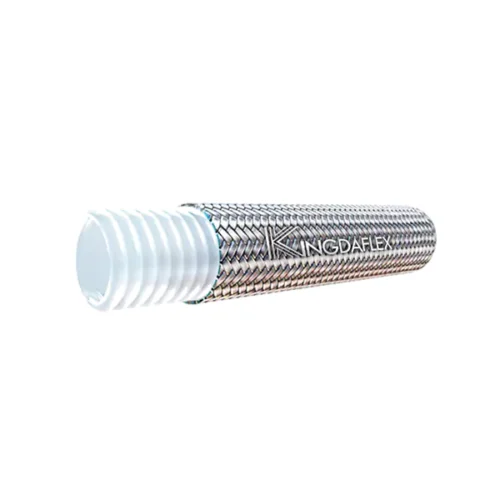 SAE 100R14 / Teflon Hose(Inner Corrugated Tube)
SAE 100R14 / Teflon Hose(Inner Corrugated Tube) -
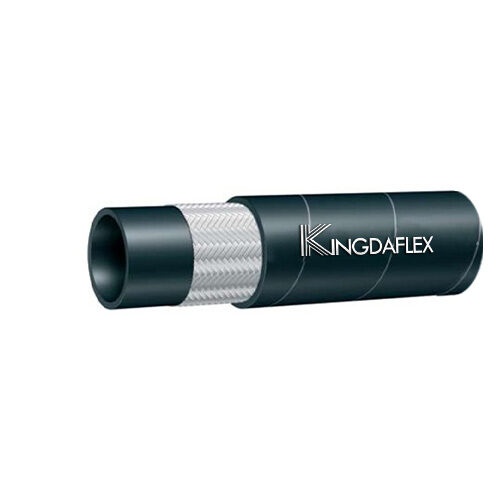 SAE 100 R6 | Hydraulic Hose
SAE 100 R6 | Hydraulic Hose -
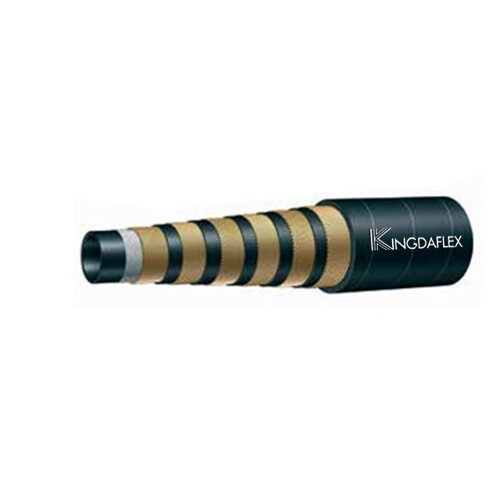 SAE 100R15 | Hydraulic Hose
SAE 100R15 | Hydraulic Hose -
 SAE 100R13 | Hydraulic Hose
SAE 100R13 | Hydraulic Hose -
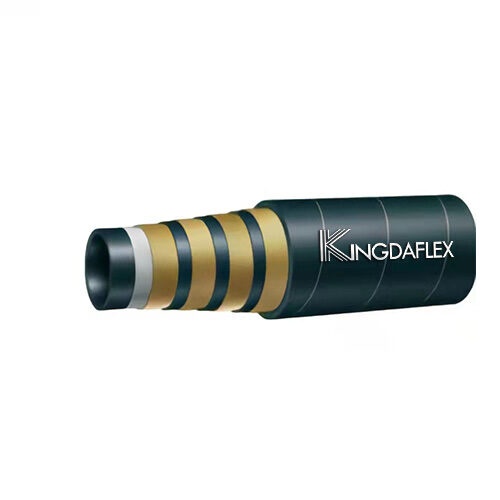 SAE 100R12 | 4 Wire Spiral Hydraulic Hose
SAE 100R12 | 4 Wire Spiral Hydraulic Hose -
 SAE 100R9 | Hydraulic Hose
SAE 100R9 | Hydraulic Hose -
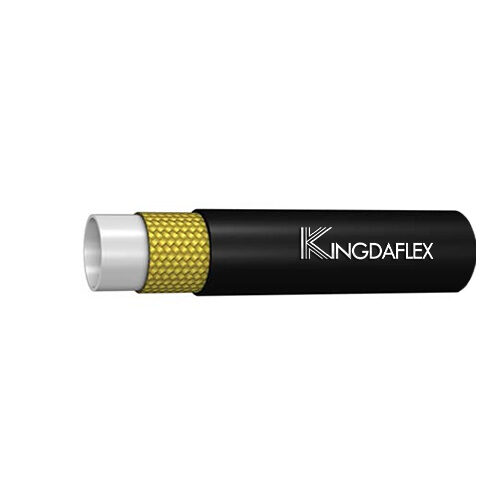 SAE 100R8 | Thermoplastic Hydraulic Hose
SAE 100R8 | Thermoplastic Hydraulic Hose -
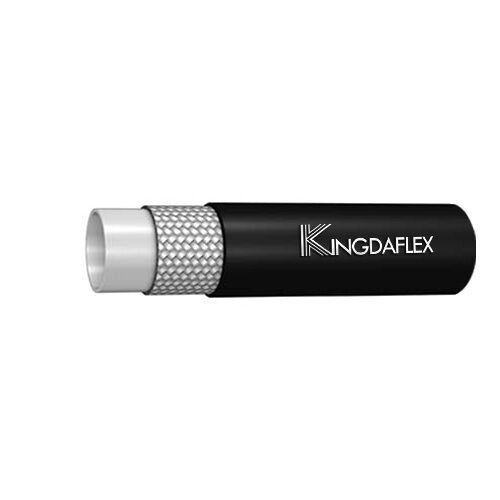 SAE 100R7 | Thermoplastic Hydraulic Hose
SAE 100R7 | Thermoplastic Hydraulic Hose -
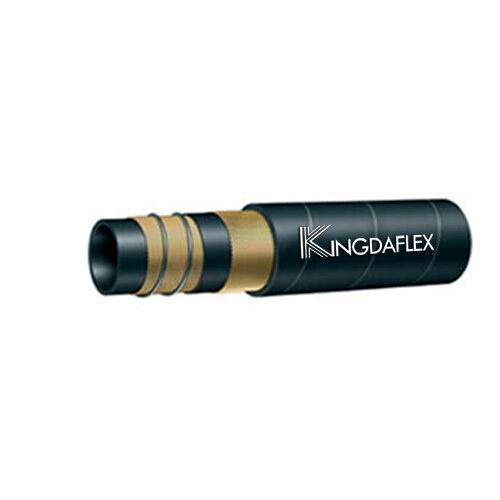 SAE 100R4 | Hydraulic Suction Hose
SAE 100R4 | Hydraulic Suction Hose -
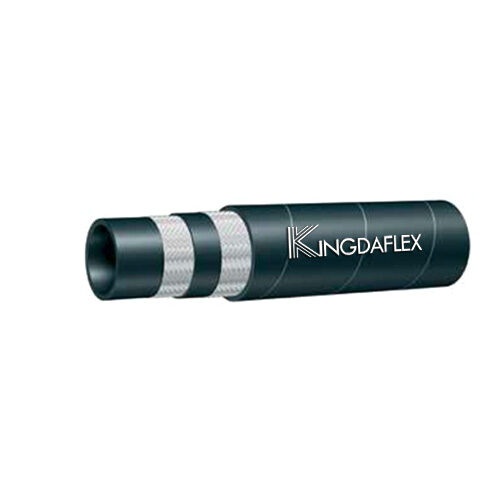 SAE 100R3 Textile Fiber Reinforced Hydraulic Hose
SAE 100R3 Textile Fiber Reinforced Hydraulic Hose -
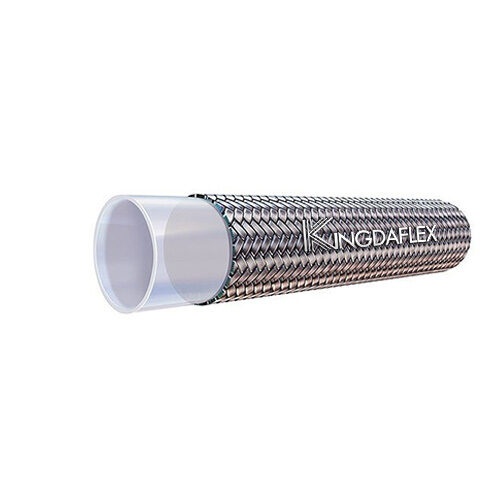 SAE 100 R14 / Teflon Hose (Inner Smooth Tube)
SAE 100 R14 / Teflon Hose (Inner Smooth Tube) -
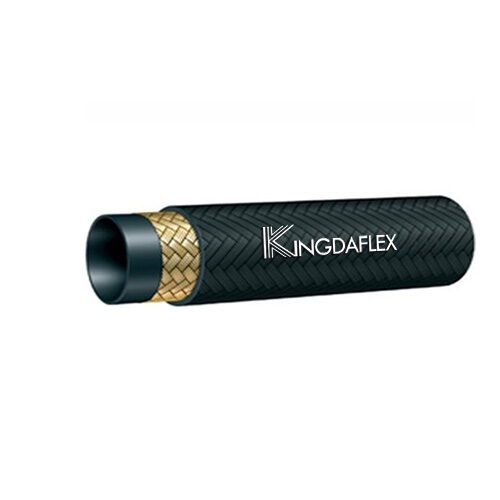 SAE 100R5 | Fabric Covered Hydraulic Hose
SAE 100R5 | Fabric Covered Hydraulic Hose -
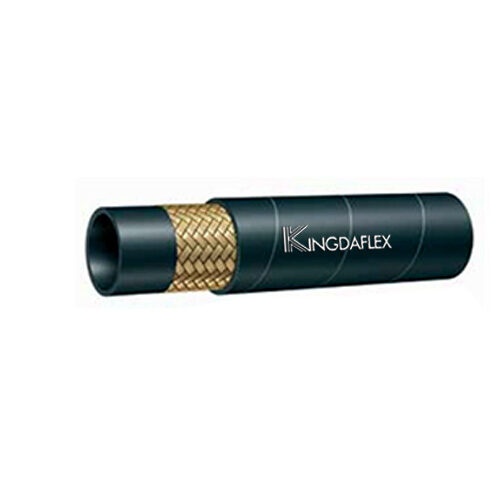 SAE 100R17 | Hydraulic Hose
SAE 100R17 | Hydraulic Hose -
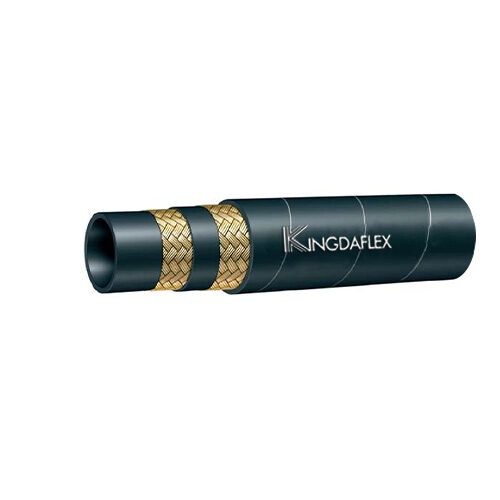 SAE 100R16 | Hydraulic Hose
SAE 100R16 | Hydraulic Hose -
 SAE 100R2A / DIN EN853 2ST
SAE 100R2A / DIN EN853 2ST -
 SAE 100R1A/DIN EN853 1ST
SAE 100R1A/DIN EN853 1ST -
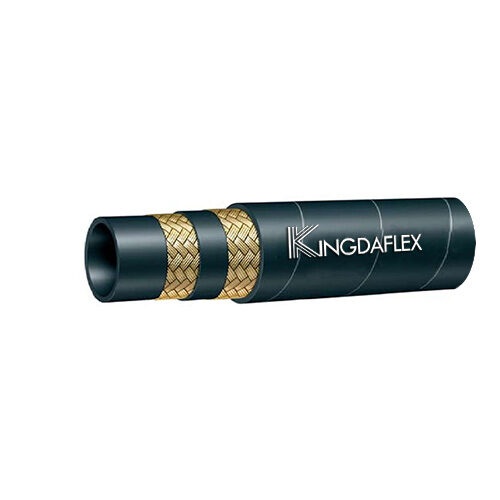 SAE 100R2AT / DIN EN853 2SN
SAE 100R2AT / DIN EN853 2SN -
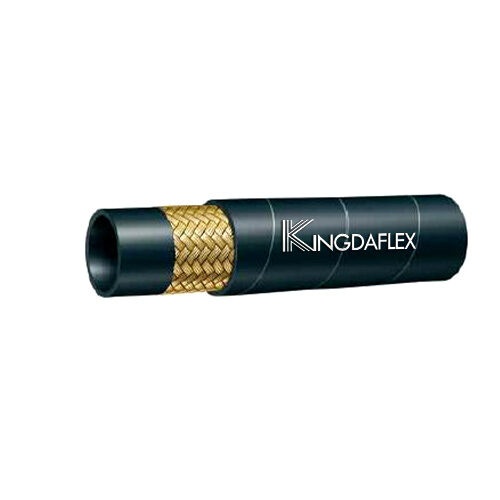 SAE 100R1AT/ DIN EN853 1SN
SAE 100R1AT/ DIN EN853 1SN
Hydraulic hoses are essential components in hydraulic systems, responsible for transmitting pressurized fluid between pumps, valves, actuators, and other parts. They ensure smooth, efficient power transfer and provide flexibility for machinery operation. High-quality hoses prevent leaks, withstand pressure, and resist temperature fluctuations, abrasion, and chemicals.
Rubber Hydraulic Hoses
Rubber hydraulic hoses are widely used for their flexibility and durability. They consist of an inner tube, reinforcement layers, and an outer cover, designed to handle moderate to high pressures. Rubber hoses are ideal for mobile machinery, industrial equipment, and construction applications due to their resilience and adaptability.
Rubber hoses can absorb vibrations and movements in dynamic systems, reducing stress on other components. They are suitable for transferring oils, water-glycol fluids, and other hydraulic media. Proper selection of diameter, pressure rating, and reinforcement layers ensures long-term performance and minimizes the risk of hose failure in demanding operations.
Thermoplastic Hydraulic Hoses
Thermoplastic hydraulic hoses are lightweight and resistant to corrosion, chemicals, and high pressures. They are constructed from multiple layers of thermoplastic materials and reinforcement braids, offering high performance in industries requiring clean, precise fluid transfer and minimal hose weight.
Thermoplastic hoses provide excellent flexibility and are suitable for applications with tight bends or limited space. Their smooth inner surface reduces friction and prevents fluid contamination. They are commonly used in agricultural machinery, material handling, and mobile equipment where durability and weight reduction are critical.
Steel Braided Hydraulic Hoses
Steel braided hydraulic hoses combine flexibility with extreme pressure resistance. The steel wire braid reinforcement provides strength, while the inner tube transports fluid efficiently. These hoses are commonly used in high-pressure industrial applications and heavy-duty machinery requiring robust, long-lasting connections.
Steel braided hoses resist kinking, wear, and external abrasion, making them ideal for demanding environments. They maintain consistent performance under high pressure and temperature conditions. Proper installation and regular inspection ensure safety, longevity, and optimal operation in hydraulic systems across various industries.
How to Choose Hydraulic Hoses for a Hydraulic System?
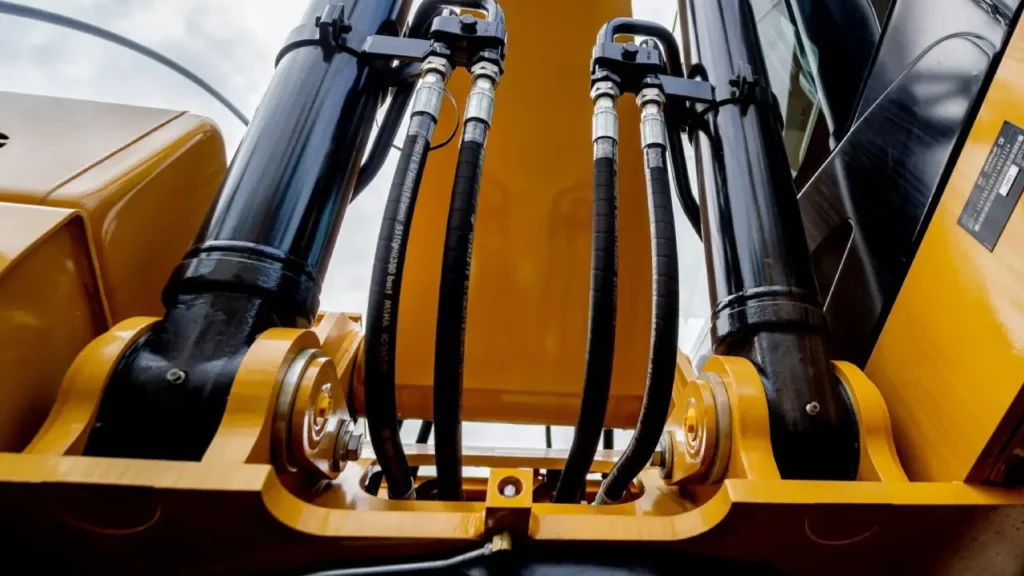
Selecting the right hydraulic hose is critical for system performance, safety, and longevity. The hose must handle the required pressure, fluid type, temperature, and movement. Choosing incorrectly can lead to leaks, failures, and downtime. Careful consideration of system requirements ensures optimal operation and durability.
- Pressure Rating: The hose must withstand the maximum operating pressure of the hydraulic system. Selecting a hose with a higher pressure rating than the system’s requirement ensures safety and prevents burst failures. Always check both working and burst pressure ratings before purchase.
- Fluid Compatibility: Ensure the hose material is compatible with the hydraulic fluid used, such as oil, water-glycol, or synthetic fluids. Incompatible hoses can degrade, swell, or leak, compromising system performance. Compatibility ensures long-term reliability and reduces maintenance needs.
- Temperature Range: Hydraulic hoses operate under varying temperatures. Choose hoses rated for the system’s maximum and minimum temperatures to prevent cracking, hardening, or softening of materials. Temperature-resistant hoses maintain flexibility and integrity in both extreme heat and cold conditions.
- Flexibility and Bend Radius: Consider how the hose will be routed and if it will experience frequent movement. Hoses with proper flexibility and minimum bend radius prevent kinks, reduce stress on fittings, and ensure smooth fluid flow, extending system and hose life.
- Durability and Abrasion Resistance: Hoses exposed to harsh environments or mechanical contact need strong outer covers. Abrasion-resistant hoses prevent wear, cuts, and punctures, ensuring continuous operation. Investing in durable hoses reduces downtime and replacement costs in demanding applications.
Conclusion
Hydraulic systems play a vital role in modern machinery, offering efficient power transmission and precise control. Their versatility makes them essential in industries from automotive to construction, ensuring that heavy tasks are performed reliably and safely. High-quality components, including hoses, are crucial for system performance.
To maintain a hydraulic system’s efficiency, it is essential to use durable and reliable hydraulic hoses. At Kingdaflex, we offer a wide range of wholesale hydraulic hoses designed for strength, flexibility, and long service life. Our hoses ensure smooth operation, prevent leaks, and withstand extreme pressures in various industrial applications.
Whether you are upgrading existing equipment or setting up a new hydraulic system, sourcing hoses from Kingdaflex guarantees quality and performance. Our products are manufactured to meet international standards, helping your machinery operate at peak efficiency while minimizing downtime and maintenance costs.


